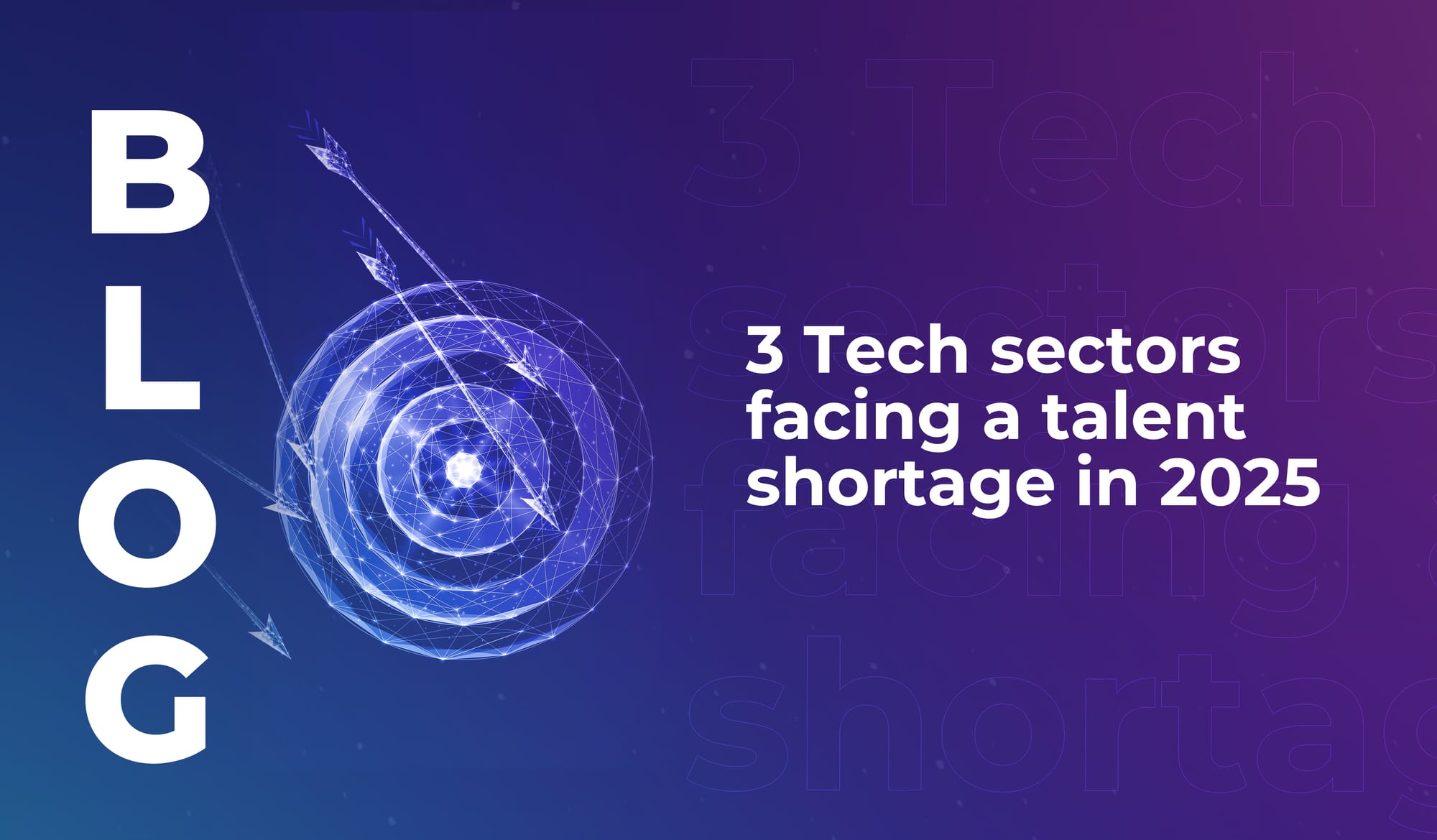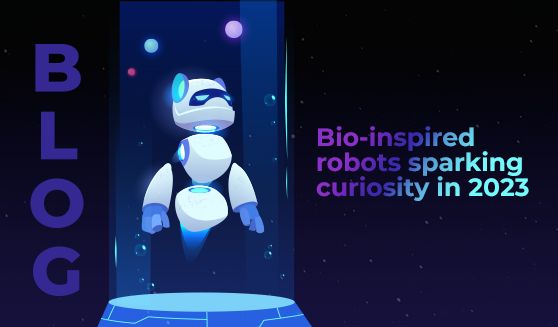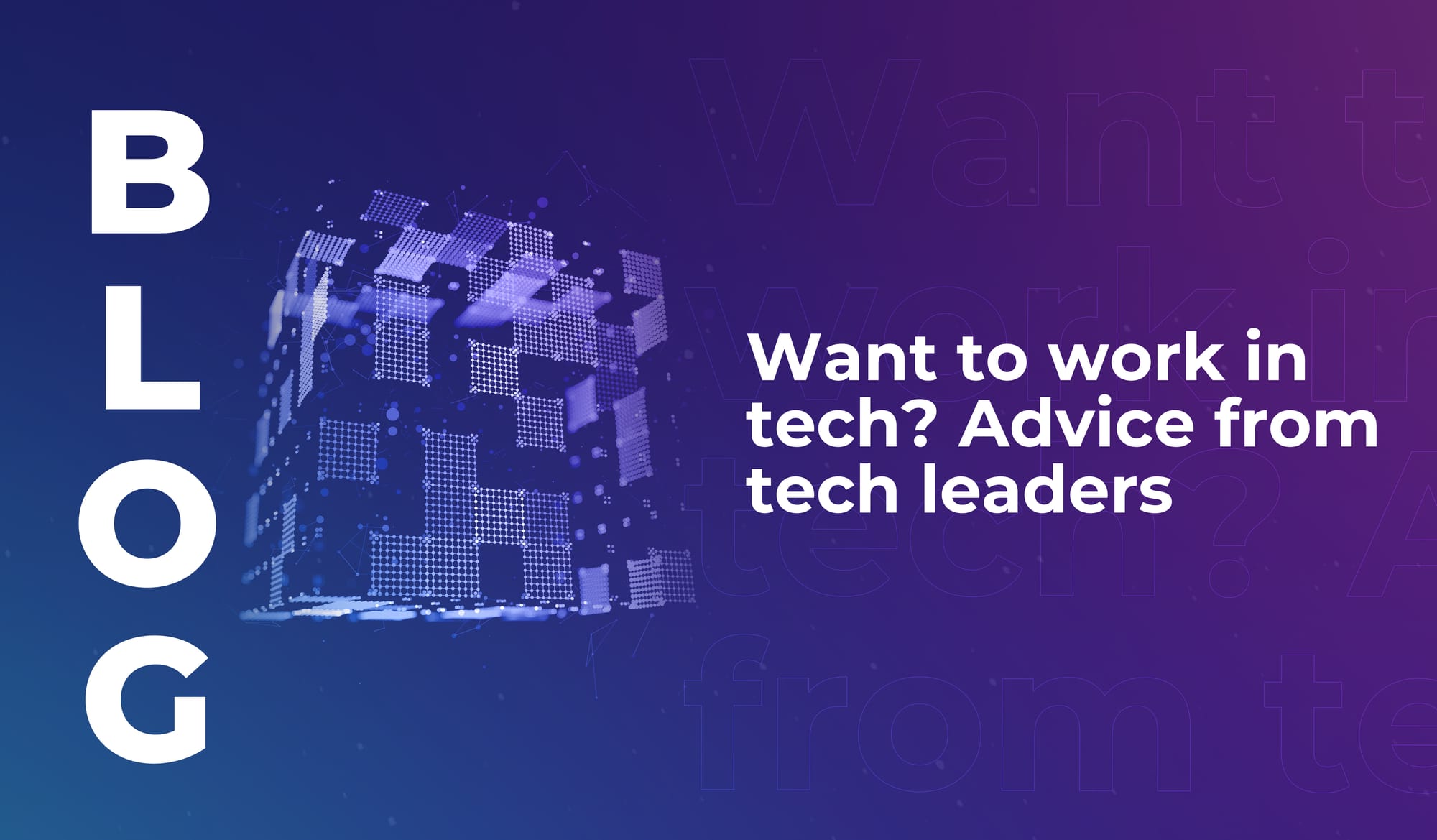
3 Tech sectors facing a talent shortage in 2025
Discover three tech sectors facing a talent shortage this year. Could you find your ideal role in a high-demand sector like cybersecurity, cloud computing, or artificial intelligence?


Robots are no longer a thing of the future – they’re a part of our daily lives. Most of us engage with robotics without really acknowledging it; from e-commerce bots to robot vacuum cleaners, we use them to add convenience and efficiency to regular tasks at home and work.
And it’s not that we don’t think those robots are interesting. If you look at the technology behind them and the developments we’ve made in society to be able to embed robotics into our culture, there’s a lot to get excited about.
Here though, instead of the everyday robotics we’re all getting accustomed to, we want to talk about the bio-inspired bots that are igniting curiosity and wonder right now – and revealing new possibilities for the future of industry and life.
A new robot called M4 (Multi-Modal Mobility Morphobot) has the ability to roll on its four wheels, turn those wheels into rotors and fly, stand on only two wheels, and walk by using two wheels as feet. It can also tumble, along with other forms of motion – and it can assess the environment around it to choose the most effective combination of motions in order to navigate that space.
Developed by a computer engineering team at Northeastern University in the US, M4 has a wide range of potential capabilities – from transporting injured people to medical services, to exploring other planets.
It’s a really clear example of the way that bio-inspired robots are often multi-functional; because the roboticists who create them are interested in biosensors, bioactuators, or biomaterials (like eyes, muscles, or self-healing biopolymer) and locomotion systems. And these interests can lead to the development of robots that, like humans and animals, can do more than one thing.
There’s the RoboBee: a tiny flying bot that’s inspired by bee biology. It mimics the (incredibly complex) wing motion of bees, and it can hover as well as fly – using artificial muscles made from materials that contract in response to a voltage. Some models can also swim under water.
Described by Harvard’s Wyss Institute as microbots, RoboBees are half the size of a paper clip and weigh less than one-tenth of a gram. Potential use cases include agriculture (crop pollination), search and rescue missions, surveillance, and high-res environmental monitoring.
And there’s a new robotic arm designed to mimic the contraction, extension, bending and twisting of an octopus arm. Renee Zhao, one of the engineers involved in the project at Stanford University, said in a podcast with PNAS that the octopus-like system was created by assembling many different Kresling units with different magnetisation directions, all programmed in particular ways: “And now if we apply the external magnet field, which has a rotational profile, then we can open up the Kresling units one by one to achieve the stretching motion.”
We’re also intrigued by a new soft robotic caterpillar, with complex and delicate structures, which is inspired by the way real caterpillars move – and how they’re able to crawl on a variety of different surfaces. The researchers involved suggest that bio-inspired robotics should replicate the delicacy of biological systems in their hardware and software – “to close the gap with their biological counterparts.”
As robots develop, so too does our relationship with them. And studies show that people have mixed feelings – but there are signs that acceptance of the positive potential of robots is growing.
A new preschool study found that children prefer to be taught by a competent robot than by an incompetent human. And a survey by Pew Research found that 44% of adult respondents believe that by 2035, robotics and smart machines will be designed to give humans easy control and visibility over most tech-aided decision making that’s relevant to their lives.
Investments in robotics are on the rise – with investments in February 2023 alone totalling USD $620 million; up from $521 million in January 2023. Robots, including bio-inspired robots that emulate the processes and materials of biological systems, will continue to grow in functionality and use.
We’re on-the-edge-of-our-seats-excited to discover the robotics developments that exhibitors bring to LEAP 2024. See you (and your robots) there.

Discover three tech sectors facing a talent shortage this year. Could you find your ideal role in a high-demand sector like cybersecurity, cloud computing, or artificial intelligence?

We’ve gathered advice from tech leaders to help you find your career in tech – so you can get in, stay in, and thrive.

Tan Wooi Leong (Managing Director, Energy and Industrial at Surbana Jurong) says collaboration is critical to drive progress in clean energy transformation. Discover the latest clean energy tech developments this year.

Discover three tech sectors facing a talent shortage this year. Could you find your ideal role in a high-demand sector like cybersecurity, cloud computing, or artificial intelligence?

We’ve gathered advice from tech leaders to help you find your career in tech – so you can get in, stay in, and thrive.

Tan Wooi Leong (Managing Director, Energy and Industrial at Surbana Jurong) says collaboration is critical to drive progress in clean energy transformation. Discover the latest clean energy tech developments this year.